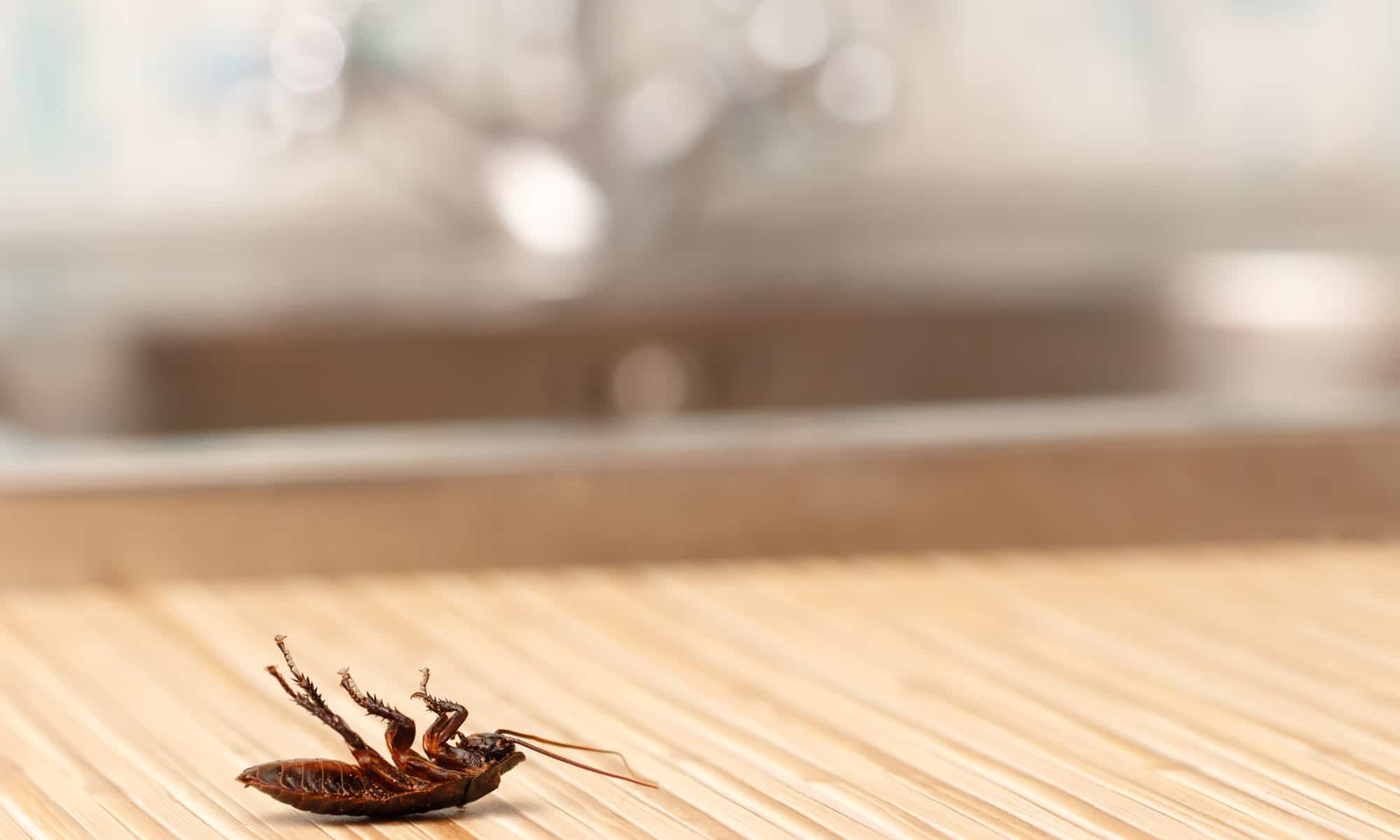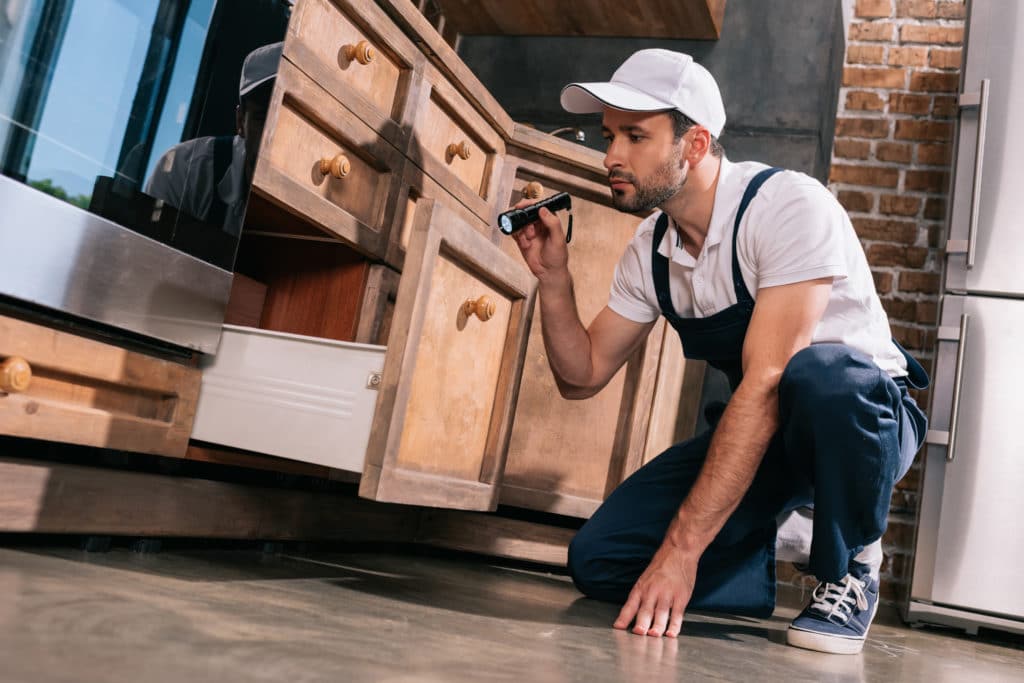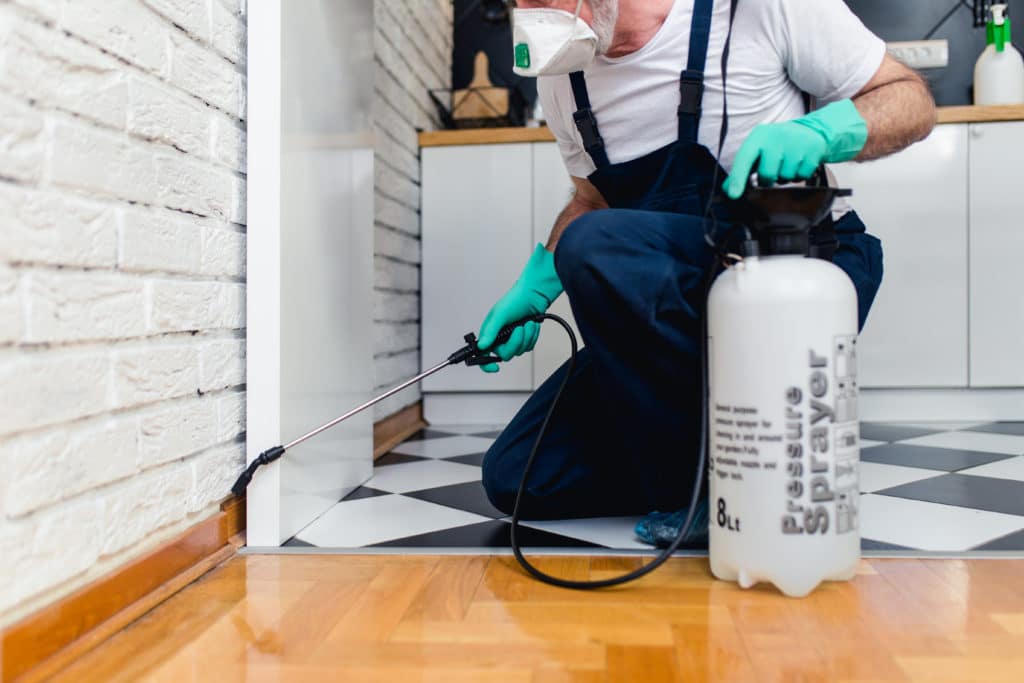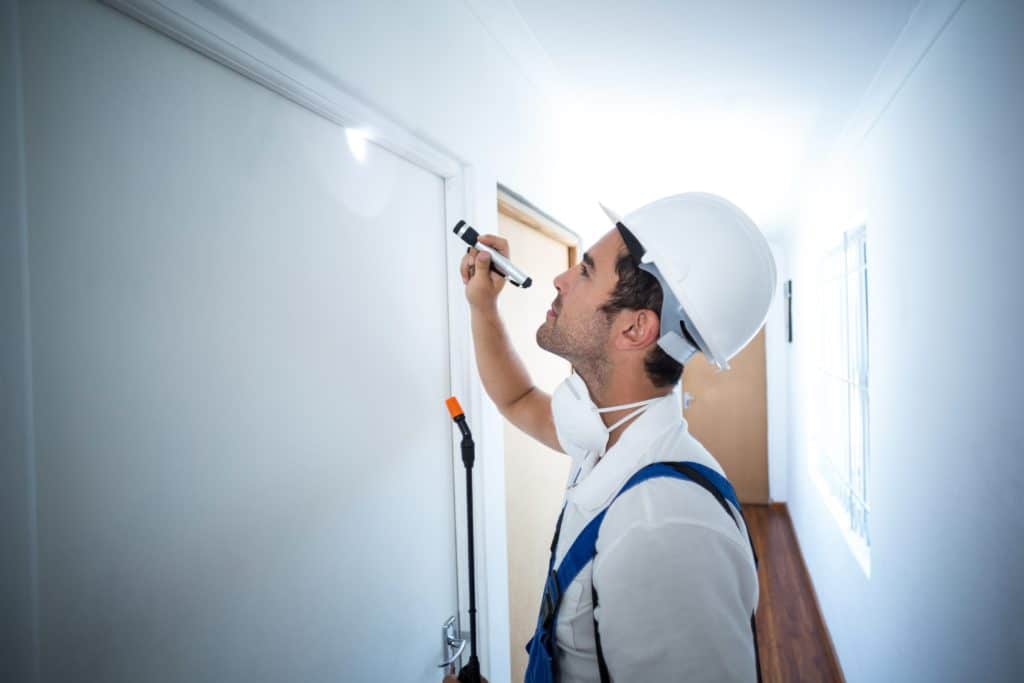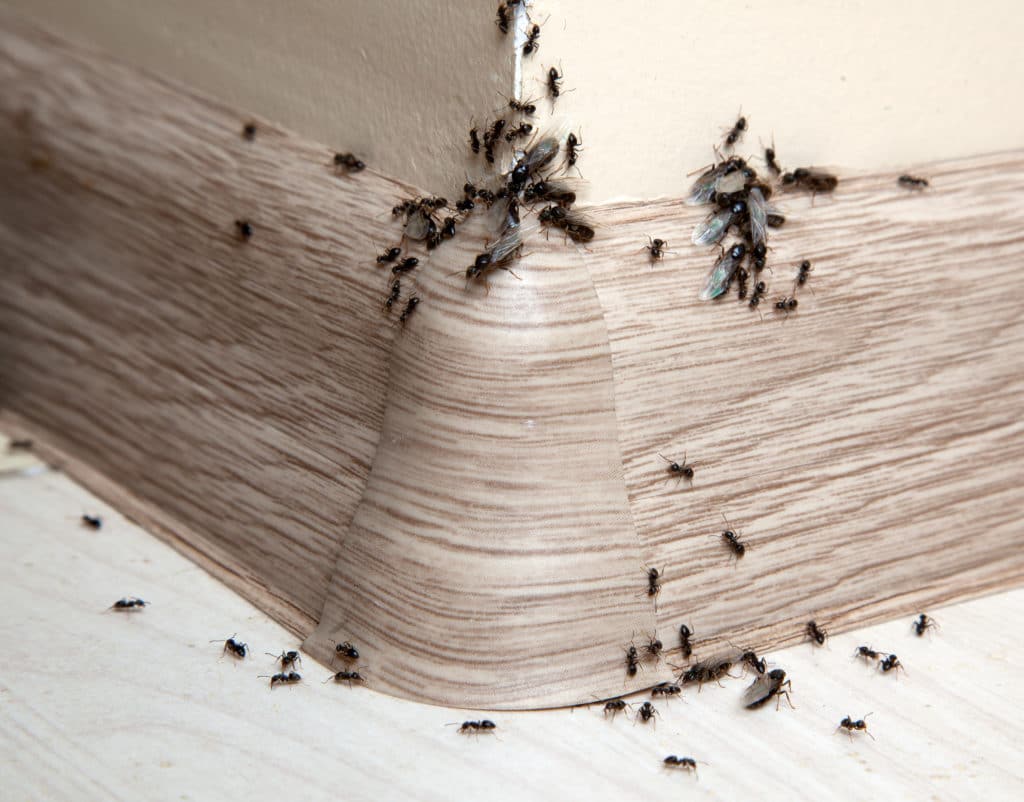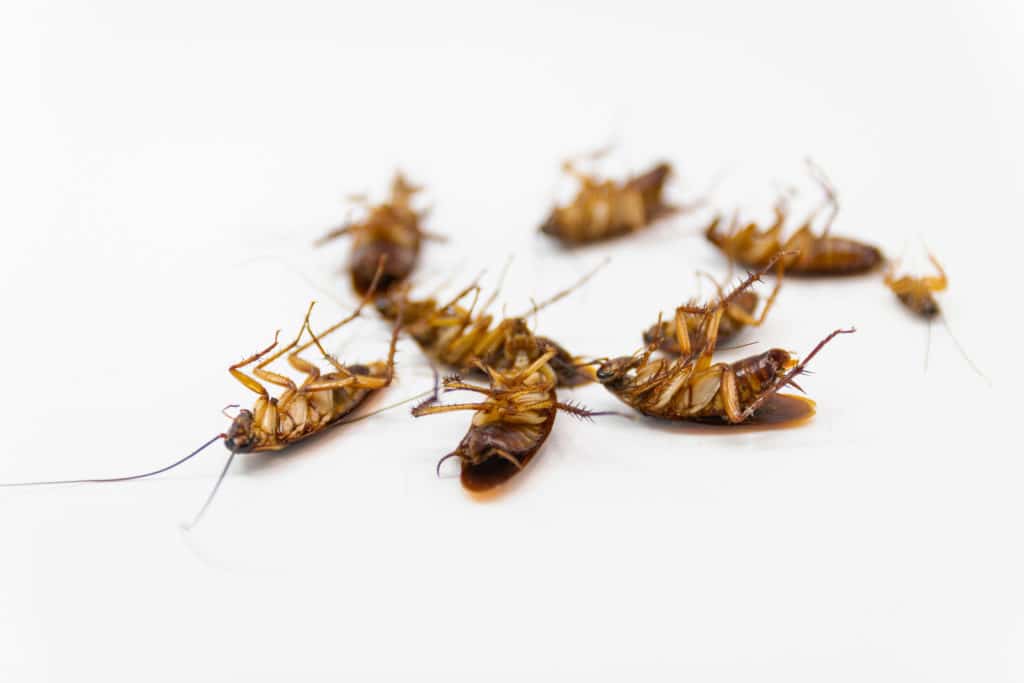
Understanding the Mosquito Lifespan: A Comprehensive Guide
In the United States, there are 176 species of Mosquitoes. And in Minnesota, you know that summertime is ubiquitously associated with slapping those persistent pests. If you do nothing to eliminate the bugs, just how long is the mosquito lifespan?
If you do not want to find out, then Environmental Pest Management has some options for you. Finding solutions to decrease the summertime bugs is just one of our specialties.
If you have a curiosity about the mosquito, then read on to learn a little more about the lifespan of one of our most famous summer nuisances.
Learn More About the Mosquito Lifespan
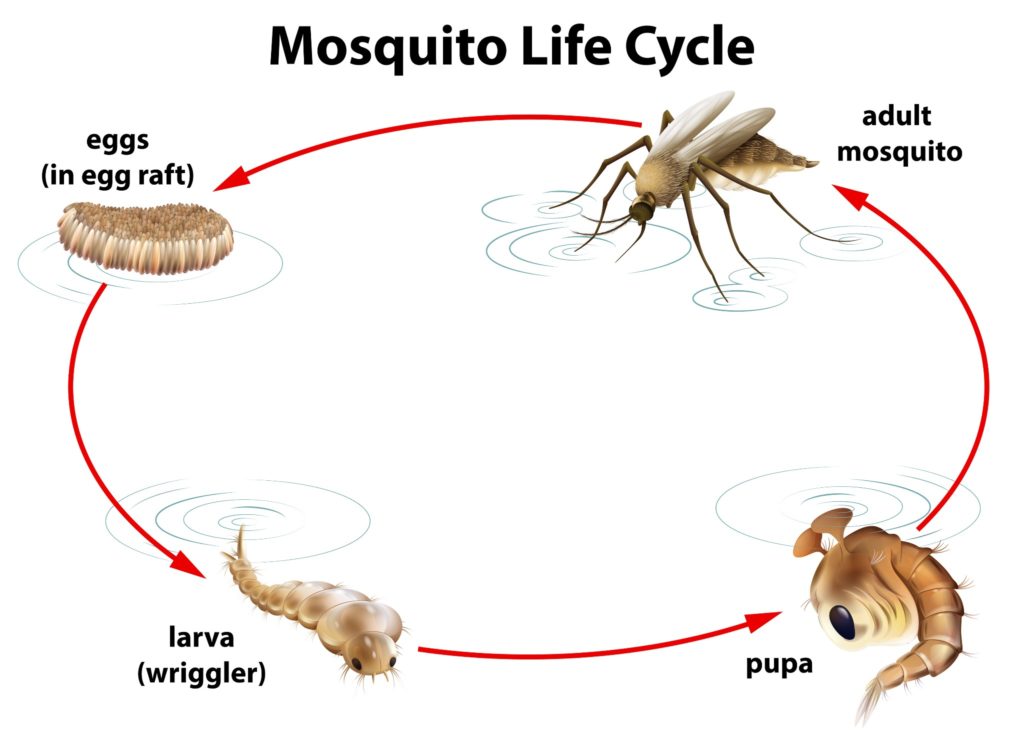
Some mosquitoes can live up to six months long, from laying the eggs to the buzzing whine of a skeeter in your ear. Did you know that mosquitoes have a 4-stages of growth?
Mosquitoes can breed and live in any standing water source, whether natural or human-made.
Mosquito eggs have been found deep below the ground in mines and even on mountains at 14,000ft. Understanding how they develop is crucial to understanding how to manage their presence in your yard.
You may not be aware of where these sneaky buggers are breeding near your home, but pest control experts can find them.
Some mosquito species are referred to as “floodwater” species, meaning they lay their eggs in temporary water sources created by rain or flooding. Others are called “permanent water” species, which indicates they lay their eggs in water sources that are long-standing like ponds.
Despite the 300 different mosquito species worldwide, they all develop the same way. There are four stages of mosquito growth: Egg, Larva, Pupa, and Adult.
Water is necessary for development as both the larva and pupa stages happen aquatically.
The Stages of the Mosquito Lifespan
Mosquito Eggs
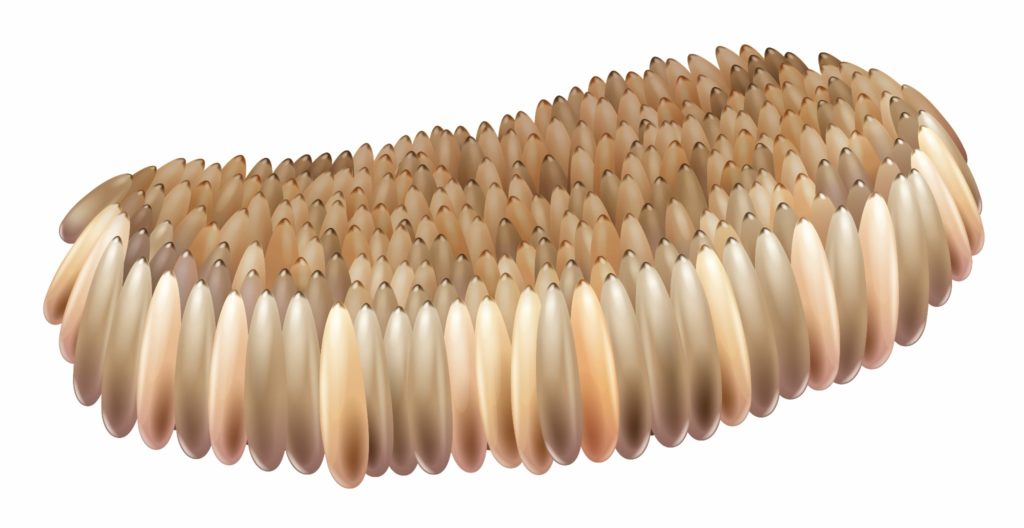
The female mosquito will lay her eggs either on the surface of standing water or right at the edge of the waterline. She could find this water inside a tree hole, a pond, a birdbath, exposed potholes in riverbed rock, or an old bucket that has collected rainwater.
The egg development phase takes only a few days before they are ready to hatch, depending on how warm the temperature is. If the water source evaporates or if the eggs are laid outside of water, the eggs will become dormant until the needed hatching conditions occur.
This could take years in some situations, even overwintering until the eggs are back in the water again. They must be in or very near water to hatch.
Mosquito Larva
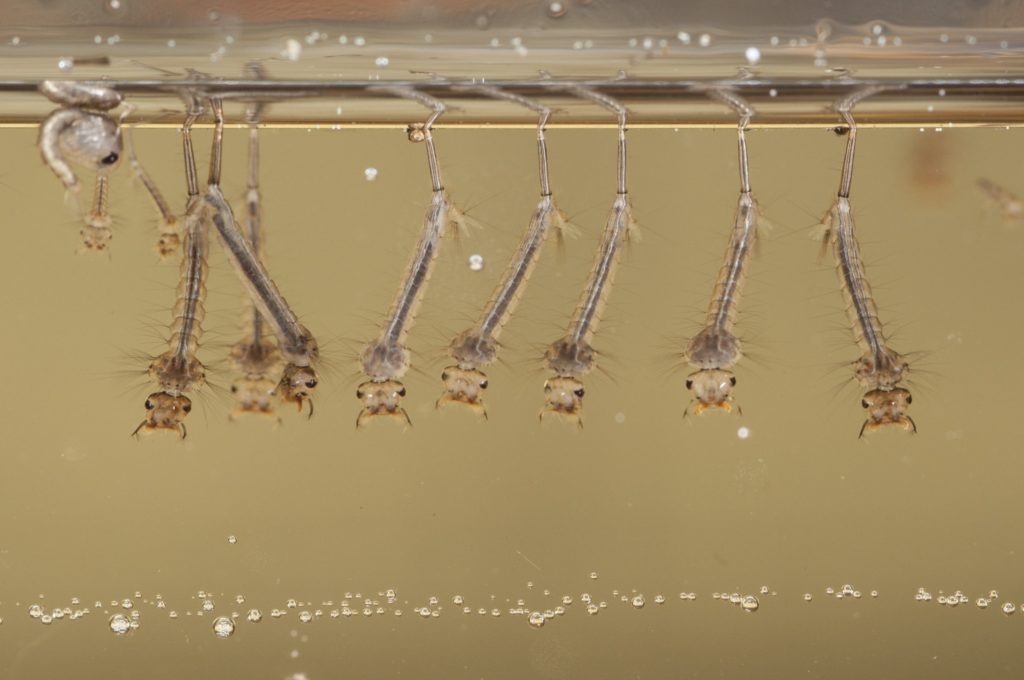
Once the eggs have hatched, the mosquito begins the larval stage of development. The larva hang suspended from the surface of the water in clusters. They require oxygen, so an air tube or siphon protrudes from their body and extends towards the surface.
It acts much like a snorkel, allowing them to breathe.
The larva filter-feed micro-nutrients for sustenance and swim deeper if needed to escape from a predator. The shape of their body creates an S motion as they swim. Because of this, they are nicknamed “wigglers” or “wrigglers.”
The larva will shed its exoskeleton four times before entering the next stage of development. This process can take 4-14 days, depending on the species, water temperature, and the amount of food available to them.
Pupa Stage
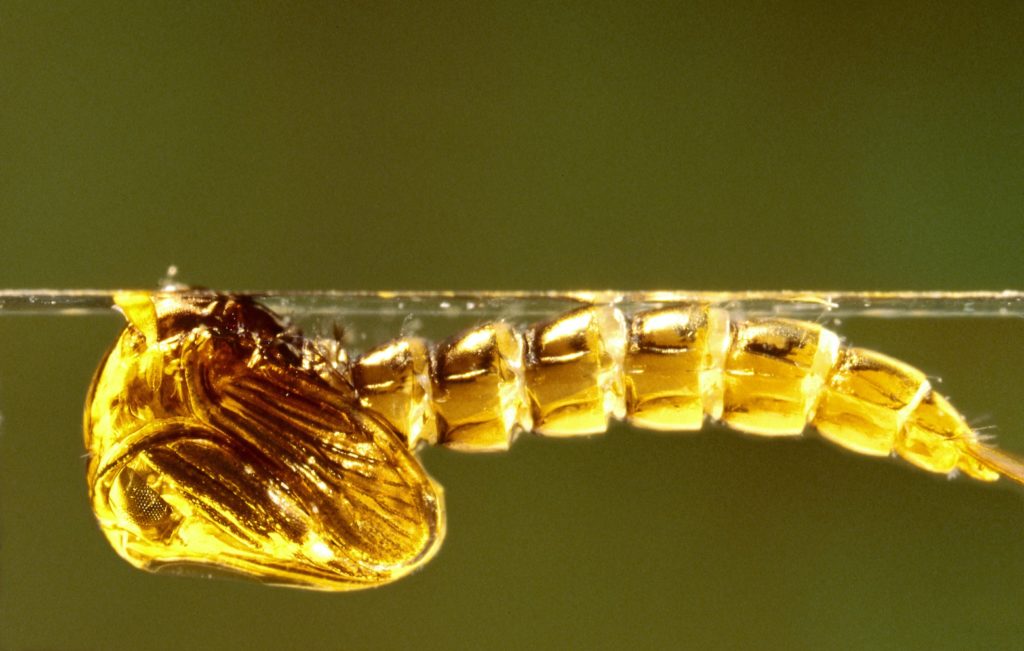
Once the mosquito has developed to the pupal stage, it no longer needs to feed. It does still need to be in the water to survive. They also still need to breathe oxygen, so the pupas remain close to the surface.
They are, however, becoming more physically active. The pupas use a rolling or tumbling motion to escape to deeper water if needed. This motion warrants them the common nickname of “tumblers.”
The mosquito pupae are in this form for 1.5-4 days before they are ready to shed their exoskeleton one final time.
Adult Mosquitoes
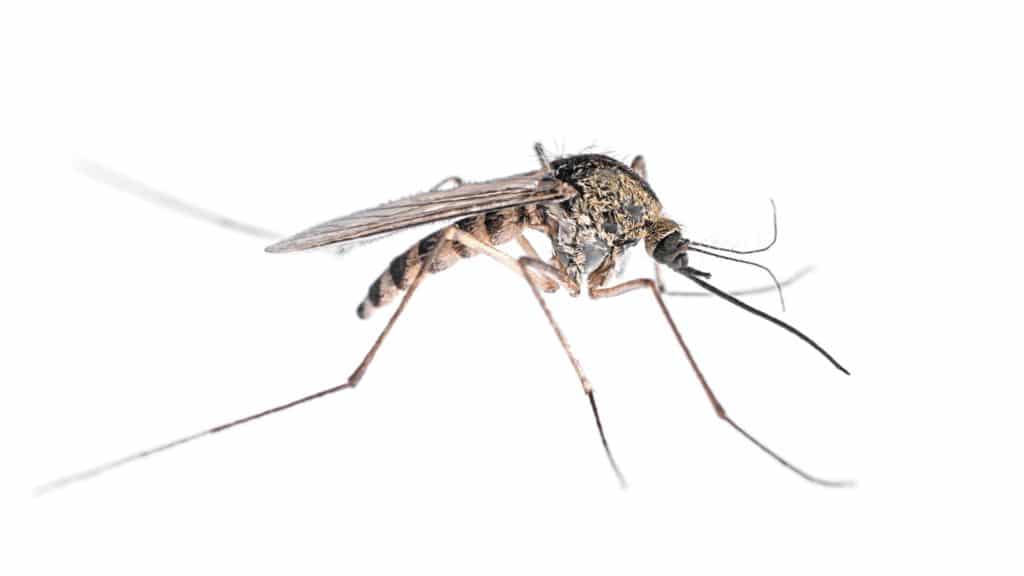
Once the pupa sheds its skin, it emerges as a fully formed adult mosquito. There are male and female mosquitoes, which lead very different lives.
The male mosquitoes linger near the breeding site after hatching because reproduction is hardwired for survival. 30% of newly hatched adults will die within the first day, so their instincts have evolved to make them breed as fast as possible.
How long do mosquitoes live? The male mosquito’s lifespan lasts 6 or 7 days.
For the female, that quick turnaround isn’t easy. She has to eat before she can lay more eggs.
While the male subsists entirely on plant nectar, the females need blood meals. Before laying her eggs, she needs to drink blood and plant nectar.
How long do female mosquitoes live? Surprisingly, female mosquitoes can live upwards of 6 months, but generally, their lifespan is about six weeks.
These flying insects will travel between one and ten miles for a blood meal. Some species can travel upwards of 40 miles. After each blood meal, the female mosquito will lay her eggs or oviposit.
Some will complete this cycle several times in their lifespan, and some will lay their eggs only once.
Why are they attracted to humans?
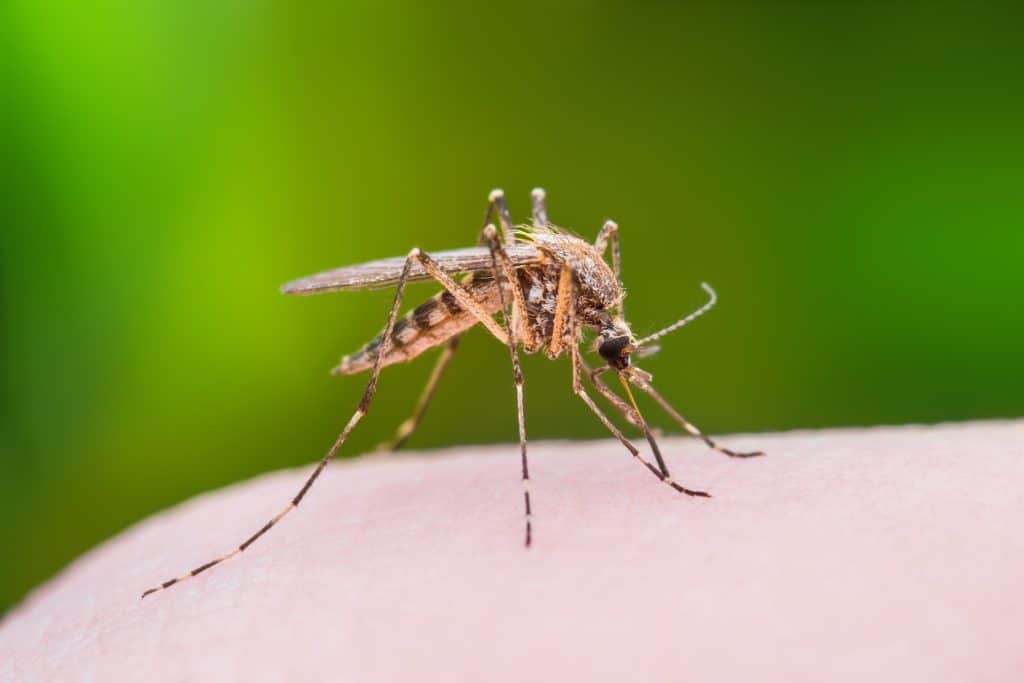
Two main factors attract mosquitoes. Scenting carbon dioxide and heat are primarily how these flying insects hone in on their prey, whether human or animal. The source does not matter to them.
The itchy bites are only one source of frustration from this pest. Mosquitoes also can transmit viruses and diseases, making them deadly in some areas of the world. The mosquito is most infamously associated with West Nile Virus and Zika Virus.
Making Peace with the Pest
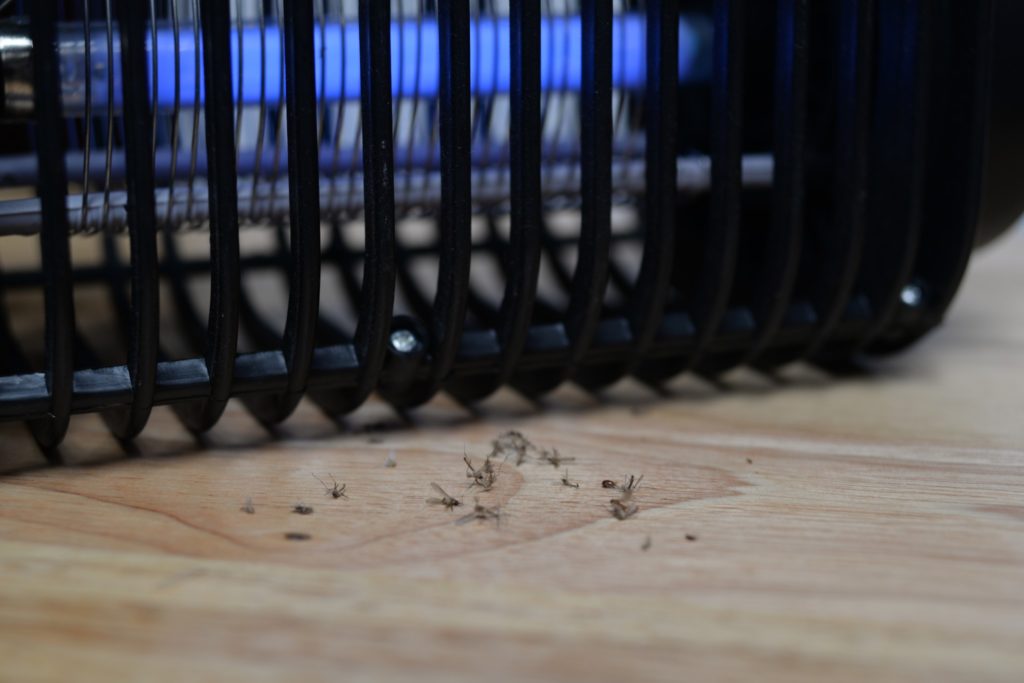
These summertime visitors are impossible to avoid, but there are ways to manage their presence. Understanding the mosquito lifespan can help pest control experts to disrupt it.
We can help prevent more mosquitoes from hatching near your home so you can enjoy your summer in peace.
Our team of master licensed technicians at Environmental Pest Management can help you manage the insects near your home. While there is no way to get rid of them entirely, there are very executable methods to ensure you are doing what you can to keep them at bay.
Contact us at Environmental Pest Management to learn more about how we can help you today.

